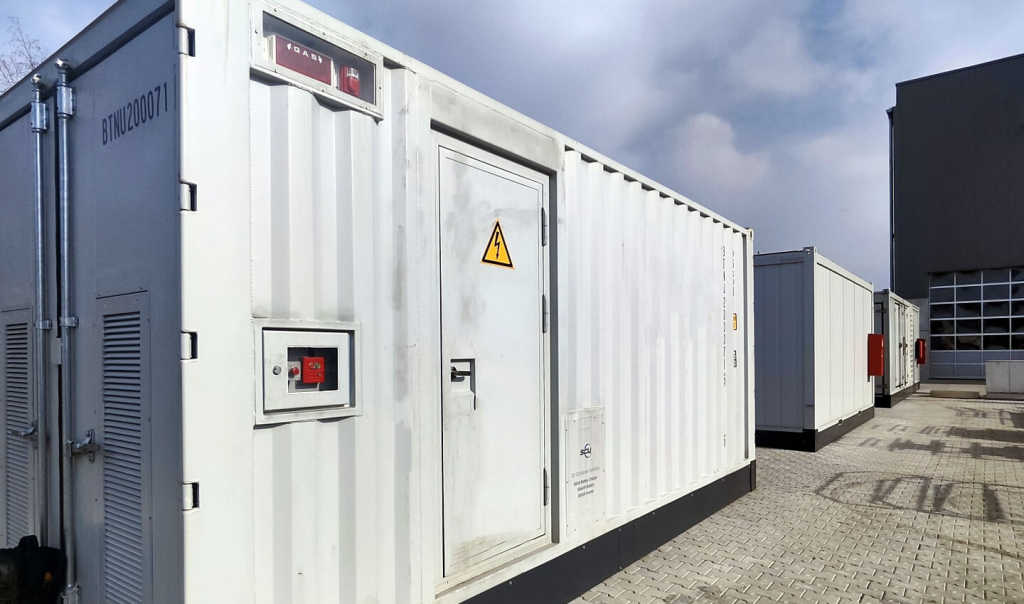With the continuous upgrading of industrial equipment and the rapid development of technology, the challenges of power demand in many industries have become increasingly apparent. The test equipment of engineering vehicles, such as shovel loaders and cranes, are impact loads with small input power and high output power, which often leads to an instantaneous surge in power demand. The system needs to provide larger power in a short time, and traditional power equipment may find it difficult to meet this demand.
To solve this problem, a customer sought SCU’s help. SCU designed an impact load electricity solution that uses the dynamic capacity expansion application of the energy storage system to solve the problem of insufficient grid capacity for the customer.

Challenge
The European customer’s engineering vehicle test equipment input during operation: 3P 125A, which is a low-power input. However, since the load is an impact load (1200A 10s), the impact power is much greater than the input power, which causes the impact power to exceed the input power. Due to the limited capacity of the power grid, it cannot withstand such instantaneous impact loads.
Solution
In this case, during the operation of the power grid, instantaneous fluctuations in power demand are often faced, especially when impact loads occur. Traditional power systems cannot quickly cope with such instantaneous high power demands, which can easily lead to voltage instability or grid overload.

To solve this problem, introducing an energy storage system with a dynamic capacity expansion function is an effective solution. Energy storage systems provide an effective solution by storing energy and releasing it quickly when needed. When the power grid or transformer faces an instantaneous impact load, the energy storage system can respond quickly, release the stored energy, and provide additional power support for the system. In this way, the energy storage system can not only balance the burden on the power grid and improve its stability but also ensure the normal operation of the power system when power demand fluctuates greatly.

To further ensure the stability and reliability of the system, SCU chose to use the UPS as an inverter and the battery charger as a rectifier AC/DC to charge the LFP battery. This design plays a key role in system operation, ensuring a smooth power supply to impact loads and effectively preventing the impact of power fluctuations on test equipment.

Highlight
- Dynamic capacity expansion: SCU’s energy storage system can flexibly cope with impact loads and provide reliable dynamic capacity expansion support for test equipment. When the purchased power exceeds the capacity of the transformer, the battery will release the stored reserve power and reduce the peak power, thus reducing the cost of increasing the transformer capacity.
- High power density: The energy storage system has high power density, which can meet customers’ needs for high power output and ensure the normal operation of test equipment.
- Fast response: The system has fast response characteristics and can quickly adjust when the power requirements of the test equipment change, ensuring that the system always remains stable.
- UPS-inverter: Using UPS as an inverter improves the power quality of the system and effectively prevents the impact of power fluctuations on test equipment.
Through this successful case, SCU once again demonstrated its technical strength in the field of energy storage systems, providing customers with customized, reliable and efficient energy solutions. SCU will continue to be committed to providing customers with innovative energy storage solutions to help various industries cope with power challenges and achieve more efficient and sustainable energy utilization. If you are facing similar power demand challenges, please contact enquiry@scupower.com and we will tailor reliable and efficient power solutions for you.
